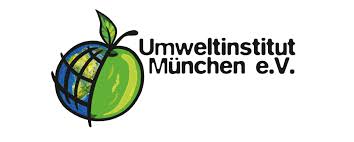Endive plants derived from a ‘hot water test’
 The Dutch breeder Rijk Zwaan claims endive plants (Cichorium endivia L.) which are non-browning after being brought in contact with warm water (EP3427575).
The Dutch breeder Rijk Zwaan claims endive plants (Cichorium endivia L.) which are non-browning after being brought in contact with warm water (EP3427575).
What does the company claim to have ‘invented’? By bringing leaves from endive plants into contact with hot water, plants showing a non-browning phenotype were identified. These plants can be used for further breeding to achieve the desired characteristics. In addition, after performing random mutagenesis (by using EMS chemicals), other plants with the relevant genotype were identified. However, this additional step is not necessary since suitable plants can easily be identified by using the ‘hot water test’.
Again, mutagenesis was used as ‘technical topping’ to give the impression of a real invention. To add further confusion, methods such as “CRISPR ... radiation, gene silencing, RNAi, or a combination thereof ” are mentioned in the claims (claim 15), although these techniques were not used to produce the plants.
Furthermore, there is also a current example of a recently granted patent: in June 2018, one year after the decision of the Administrative Council, the EPO granted a patent on lettuce derived from conventional breeding (EP2966992). The patent claims the lettuce seeds, plants and harvest that can be cultivated in a hotter climate. The reason for granting the patent: DNA sequences were added to the application as a ‘technical topping’ to make the plants patentable according to current EPO rules – similar to the new patent application for endives. No Patents on Seeds! has filed an opposition against this patent (more info).
This case shows that the 2017 Administrative Council decision did, in fact, leave the door wide open to the evasion of prohibitions in regard to patents on conventional breeding by allowing the patentability of random mutations as inventions. The Administrative Council also opened the door to overlapping claims, covering both genetic engineering (genome editing) and conventional breeding.
(Text extract from our report 2020)













